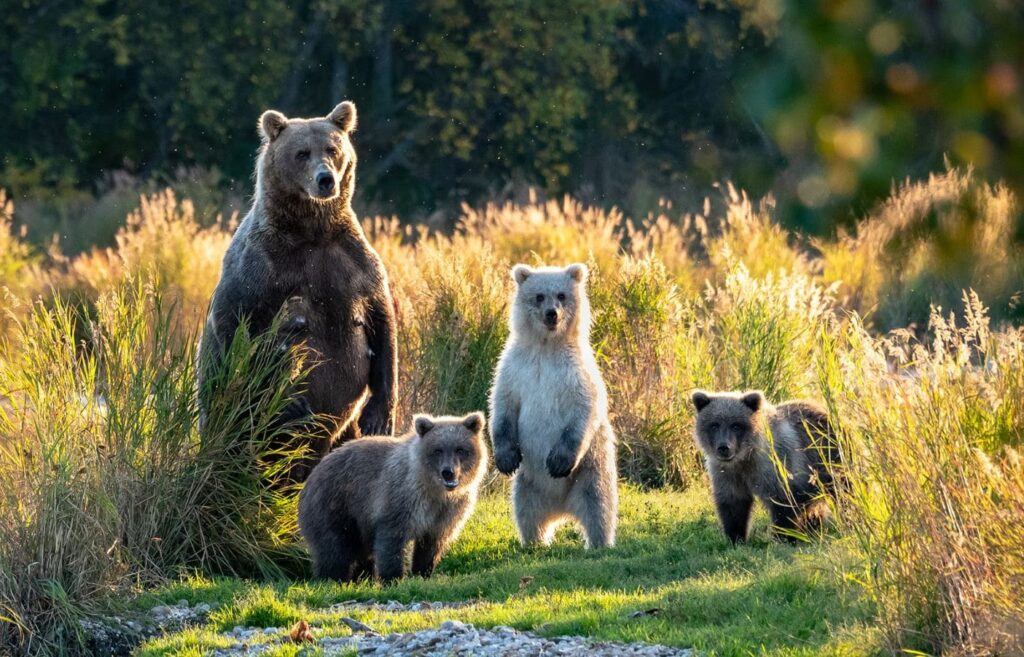Introduction
Today, species have become endangered mainly due to the loss of their natural habitat and genetic variations. In addition, human activities, including mining and industrialization, have altered the natural ecosystem displacing some animals from their territory. As a result, such species have deteriorated, reproduce less, and become endangered. Conservation of endangered species from a global perspective is a critical concern that involves designating protected areas, captive breeding and reintroduction, and laws and regulations to prevent their extinction.
Designating Protected Areas
Designating protected areas is an efficient and globally acknowledged technique for conserving habitats and species from extinction. According to research, designated protected area networks are now the centerpiece of worldwide biodiversity conservation efforts because it has proved to be the most successful approach to combat the challenges causing today’s species extinction (Kearney et al., 2018, p. 1). Protected habitats typically promote more species diversity and abundance than non-protected spheres, and they are primarily efficient at mitigating animals’ habitat destruction caused by human activities. However, designated conservation zones can only address a subset of biodiversity issues, and tailored management within reserved spaces is necessary to achieve practical ecological preservation within their enclosure.

Captive Breeding and Reintroduction
Certain species on the verge of extinction are captured and placed into isolation to prevent their disappearance and enhance the size of their populations. Study shows that conservation activities entailing captive breeding and the purposeful transportation of animals from a particular region and reintroduction into another are becoming more common to prevent the extinction of endangered species, and the frequency of habitat translocations is anticipated to rise (Heinrichs et al., 2019, p. 1). Reinforcement of populations and reintroduction of extinct species necessitates considerable time and material resources, with unpredictable ecological outcomes. As a result, trade-offs sometimes emerge across a broader spectrum of decisions, and a growing realization of such interdependence has led professionals and scholars to call for thorough assessments of the compromises across management approaches for source, captive, and target populations.
Laws and Regulations
Laws and regulations have been a significant strategy to control the illegal trade of threatened species that harm the ecosystems and the community by endangering and eradicating numerous living organisms, constituting essential biodiversity. For example, the Endangered Species Act (ESA) expresses a national pledge to protect native species against human extinction triggers, proving the world’s most influential component of environmental laws and regulations (Schwartz, 2018, p. 327). If effectively enforced by the relevant authority worldwide, laws and regulations can be a determinant factor in species conservation by eliminating and imposing significant changes on the illegal trafficking of endangered animals. Globally, strict adherence of state government to environmental laws and regulations can help mitigate endangered species extinction.
Conclusion
The species crisis necessities a global perspective involving designating protected areas, captive breeding and reintroduction, and laws and regulations to prevent their extinction. Proper implementation of the strategies can minimize the threat of extermination of endangered species. Therefore, global follow-up and commitment to available ways of conservation of endangered species can effectively ensure their existence.
References
Heinrichs, J. A., McKinnon, D. T., Aldridge, C. L., & Moehrenschlager, A. (2019). Optimizing the use of endangered species in the multi-population collection, captive breeding, and release programs. Global Ecology and Conservation, 17, 1–12. https://doi.org/10.1016/j.gecco.2019.e00558
Kearney, S. G., Adams, V. M., Fuller, R. A., Possingham, H. P., & Watson, J. E. (2018). Estimating the benefit of well-managed protected areas for threatened species conservation. Oryx, 54(2), 1–9. https://doi.org/10.1017/s0030605317001739
Schwartz, M. W. (2018). The Endangered Species Act (ESA). Encyclopedia of the Anthropocene, 3, 327–332. https://doi.org/10.1016/b978-0-12-809665-9.09969-9


